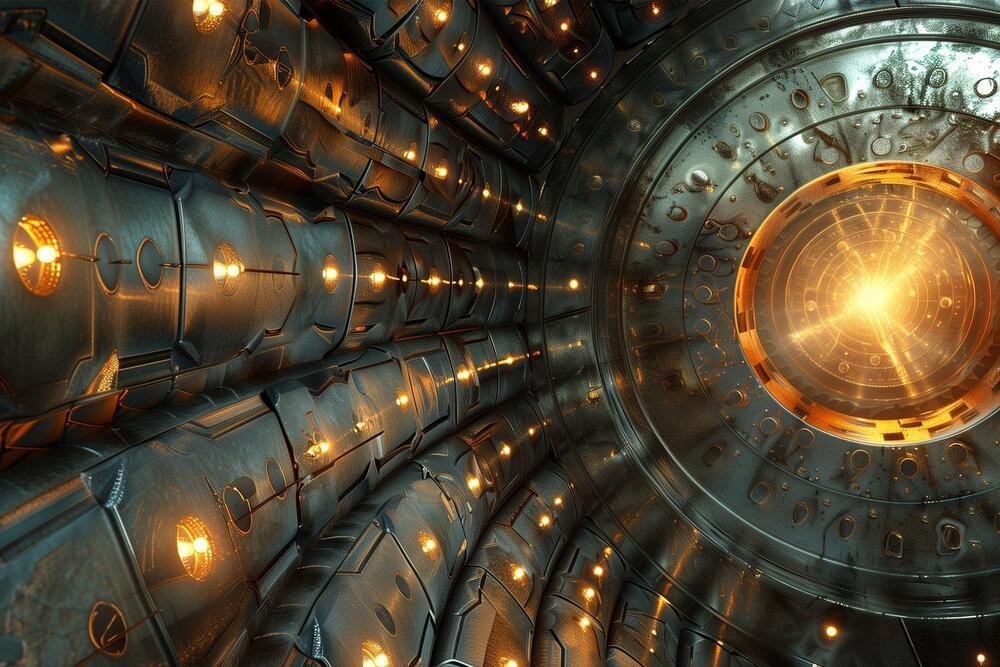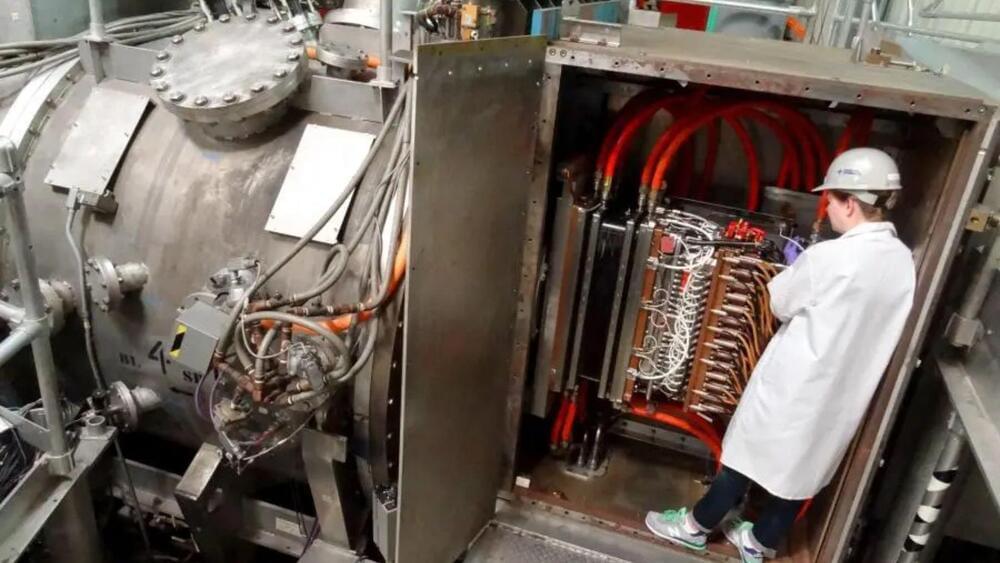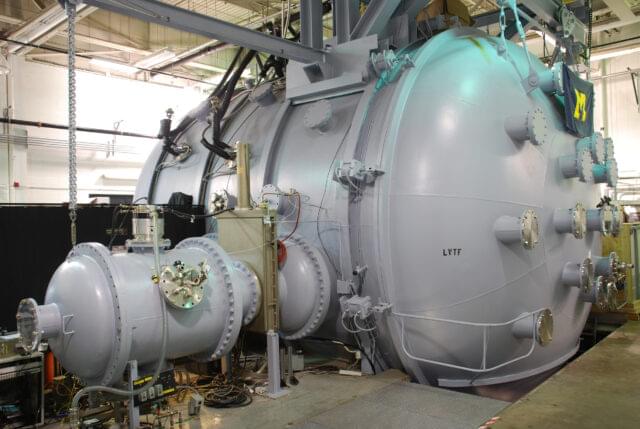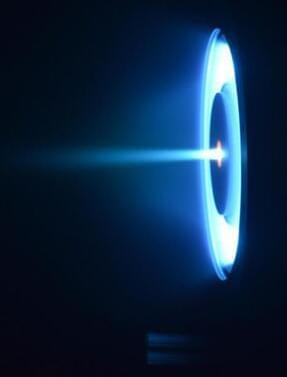Oct 26, 2024
Ghost Particles on Patrol: Antimatter Detector Revolutionizes Nuclear Reactor Monitoring
Posted by Saúl Morales Rodriguéz in categories: military, nuclear energy, particle physics
Researchers have developed a new detector that analyzes antineutrinos emitted by nuclear reactors to monitor their activities from great distances.
This technology, which utilizes the phenomena of Cherenkov radiation, could revolutionize how we ensure reactors are not producing material for nuclear weapons, despite challenges from other environmental antineutrinos.
Nuclear Fission and Antimatter Monitoring.

















